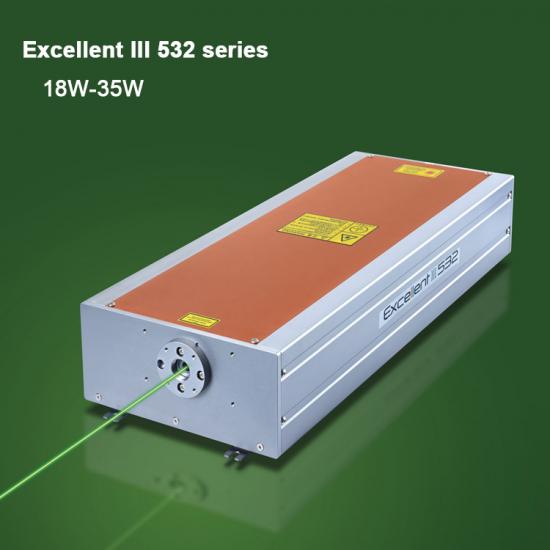Последний блог
Меры предосторожности при резке материалов обычными компактными наносекундными лазерами с высокой частотой следования импульсов
Sep 15 , 2021
Laser cutting processing technology is widely used in the processing of metal and non-metal materials, which can greatly reduce processing time, reduce energy consumption, and improve technology. Specific attention should be paid to the following aspects:
1. Structural steel:
Better results will be obtained when this material is cut with oxygen. When oxygen is used as the processing gas, the cutting edge will be slightly oxidized. For plates with a thickness of 4mm, nitrogen can be used as a processing gas for high-pressure cutting. In this case, the cutting edge will not be oxidized. For plates with a thickness of more than 10mm, using a special pole plate for the laser and oiling the surface of the workpiece during processing can achieve better results.
2. Titanium:
The titanium sheet is cut with argon and nitrogen as the processing gas. Other parameters can refer to nickel-chromium steel.
3.Stainless steel:
Laser cutting of stainless steel requires the use of oxygen, if the edge oxidation does not matter; using nitrogen to obtain an oxidation-free and burr-free edge, no further treatment is required. Coating the oil film on the surface of the plate will get a better perforation effect without reducing the processing quality.
4. Aluminum:
Despite its high reflectivity and thermal conductivity, aluminum with a thickness of 6mm or less can be cut, depending on the alloy type and laser capabilities. When cutting with oxygen, the cutting surface is rough and hard; when using nitrogen, the cutting surface is smooth. Pure aluminum is very difficult to cut because of its high purity. It can only be cut when a "reflection absorption" device is installed on the fiber laser cutting machine system, otherwise the reflection will destroy the optical components.
5. Copper and brass:
Оба материала обладают высокой отражательной способностью и очень хорошей теплопроводностью. Латунь толщиной менее 1 мм можно резать азотным лазером; медь толщиной менее 2 мм можно резать, а для лазерной резки необходимо использовать кислород, обрабатывающий газ. Медь и латунь можно резать только тогда, когда в системе установлено устройство «поглощение отражения», иначе отражение разрушит оптические компоненты.
6. Синтетические материалы:
Синтетические материалы, которые можно обрабатывать: термопласты, термореактивные материалы и синтетический каучук.

ультрафиолетовый лазер | зеленый лазер | Ультрафиолетовые лазеры | ультрафиолетовый лазер dpss | наносекундный лазер | УФ лазерный источник | Твердотельные лазеры
7. Титановый лист:
Используйте аргон и азот в качестве технологического газа для лазерной резки.
8. Органическое вещество:
Во всех процессах лазерной резки органических материалов существует опасность возгорания.